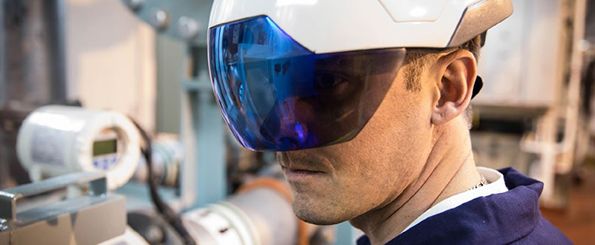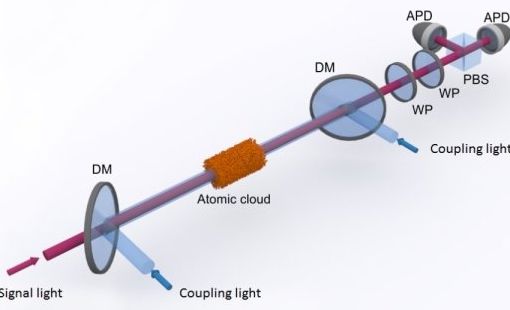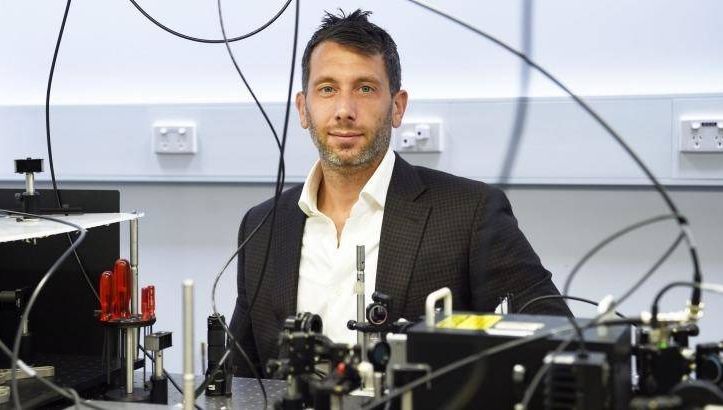May 3, 2016
Brain Cells Divide The Work To Recognize Bodies
Posted by Karen Hurst in category: neuroscience
Specific regions of the brain are specialized in recognizing bodies of animals and human beings. By measuring the electrical activity per cell, scientists from KU Leuven, Belgium, and the University of Glasgow have shown that the individual brain cells in these areas do different things. Their response to specific contours or body shapes is very selective.
Facial recognition has already been the subject of much research. But what happens when we cannot recognize an animal or a human being on the basis of a face, but only have other body parts to go on? The mechanism behind this recognition process is uncharted territory for neuroscientists, says Professor Rufin Vogels of the KU Leuven Laboratory for Neuro- and Psychophysiology.
“Previous research in monkeys has shown that small areas in the temporal lobes — the parts of the brain near the temples — are activated when the monkeys look at bodies instead of objects or faces. Brain scans tell us that these regions of the brain correspond to the ones activated in human beings. But that only tells us which regions are active, not which information about bodies is passed on by their cells.”
















